Happy Anniversary, Walter Knoll
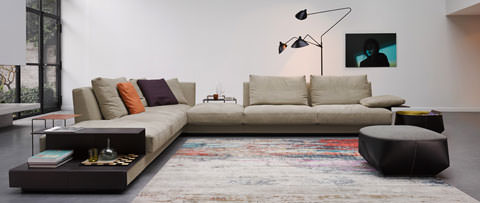 The German furniture manufacturer, Walter Knoll, turns 150 this year and Aram Store, coincidentally, is very proud to have just opened a new, dedicated area for their designs within our Drury Lane showroom. Owing to these simultaneous events, we thought we’d put together a brief history of Walter Knoll to show the heritage and progression behind this thoroughbred, 150 year old brand.
The German furniture manufacturer, Walter Knoll, turns 150 this year and Aram Store, coincidentally, is very proud to have just opened a new, dedicated area for their designs within our Drury Lane showroom. Owing to these simultaneous events, we thought we’d put together a brief history of Walter Knoll to show the heritage and progression behind this thoroughbred, 150 year old brand.
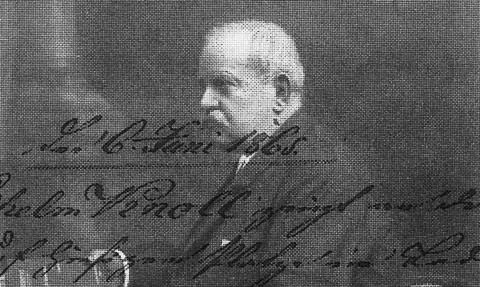
Walter Knoll is renowned for producing leather of the highest quality - all sourced from Southern Germany - and this is exactly where the company started back in 1865 when Wilhelm Knoll opened his first ‘leather shop’ in Stuttgart and began to produce a small range of seating. He appeared to establish a name for himself very quickly in being appointed a supplier to the Royal Court of Württemberg that same year.
At the turn of the 20th Century, the use of chrome salts revolutionised the tanning process of leather and in 1906, the company underwent a makeover by changing names from Ledermöbelfabrik Wilhelm Knoll (Leather Furnishing Factory) to Ledersitzmöbelfabrik Wilhelm Knoll (Leather Seating Factory), an indication on which direction the business was heading.
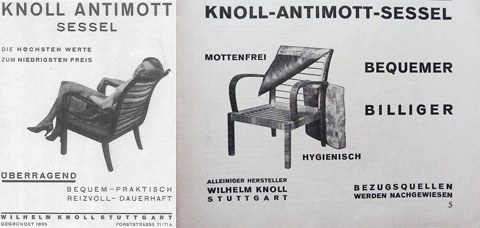
The following year Wilhelm’s sons, Walter and Wilhelm (known as Willy), took over the business from their father and started to expand by opening branches in Vienna and St. Petersburg. They gradually began developing new designs together over the next few years but then in 1925, Walter struck out by himself and opened his own factory - Walter Knoll & Co. GmbH. He took off in a different direction to Wilhelm and stopped using leather to upholster his furniture and introduced a range of coloured fabrics instead. Wilhelm, meanwhile, enjoyed great success with a patented system of seating he developed called ‘Antimott’ which combined wooden framed armchairs with elastic strapping to provide support instead of steel springs. He also produced a range of lightweight aluminium chairs which went on to furnish the interior of the Zeppelin Airships that were in use at that time.
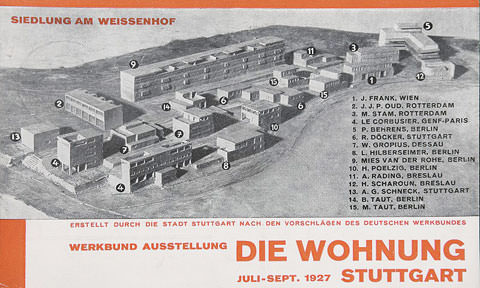
The Weissenhof Siedlung
Times were changing and the Modernist movement was by now really shifting into gear in Germany with the opening of Walter Gropius’ Bauhaus School in Weimar a few years previous and then in 1927, the Deutscher Werkbund (German Association of Craftsmen) mounted Die Wohung (The Dwelling) in Stuttgart. This exhibition included the Weissenhof Siedlung; an estate featuring buildings designed by the leading Modernist architects at that time such as Ludwig Mies van der Rohe, Le Corbusier, Walter Gropius and Peter Behrens. The collection of architecture shown at the Weissenhof exhibit is remembered as the first display of the ‘International Style’, a term later coined by the eminent American architect, Philip Johnson, and Walter Knoll, via a friendship he forged with Mies van der Rohe (who as Architectural Director of the Deutscher Werkbund organised the exhibition), provided his furniture designs for the buildings.
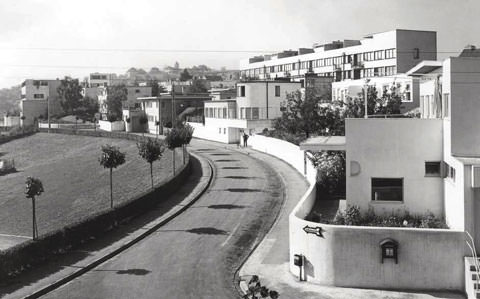
The furniture was of course formed around tubular steel frames - the Modernist’s material of choice - and in 1929 the production of tubular steel furniture began in earnest at the Walter Knoll factory, along with further expansion despite the Wall Street stock market crash in the US that same year that would have devastating effects on the industrialised world in the West.
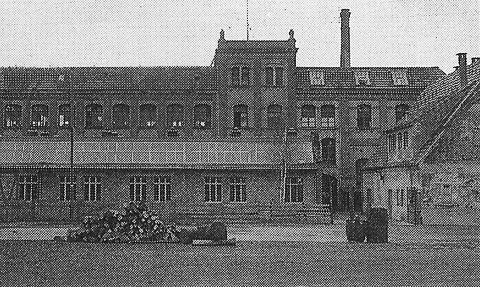
The factory at Herrenberg 1937
In 1937, Walter Knoll moved operations to Herrenberg, a small town 30km south of Stuttgart, where the company headquarters and factory still reside today. Amid this period of further expansion, Walter Knoll’s son, Hans, was embarking on a crusade to bring the modernist vision to America and in 1938, he opened the Hans G. Knoll Furniture Company on East 72nd Street in New York. A few years later, he employed a young interior designer/architect by the name of Florence Schust and by 1946 they were married. The rest of that story is history… if you know your Knolls!
But back to his father, Walter, who had to put a hold on production back in Germany owing to the outbreak of the Second World War when his company was commissioned to produce articles for the war effort. Bomb damage also took its toll on the company’s operations so they were forced to start anew after the war ended in 1945 and Hans Knoll provided support in rebuilding the business by presenting the company with the successful Vostra Chair which is still part of their range today.
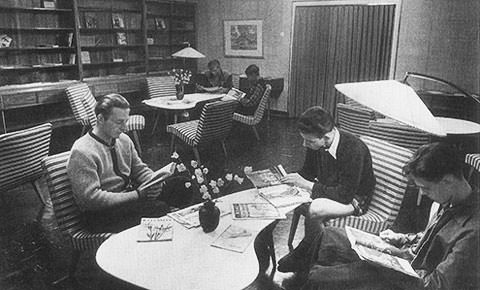
The Vostra Chair
The Cologne Furniture Fair in 1950 provides the first real breakthrough for Wilhelm Knoll’s furniture but, sadly, Wilhelm passed away that year and his son, Dieter, took over the running of the business.
On to 1964 when Walter Knoll retired and handed over the business to his second son, Robert, and Dr. Walter Combe amid further expansion at the Herrenberg Headquarters. In 1971, Walter Knoll passed away and a couple of years later the company exhibited their furniture at the Milan Furniture Fair for the first time whilst also staking a claim on the office sector with the introduction of their Walter Knoll Office series of designs.
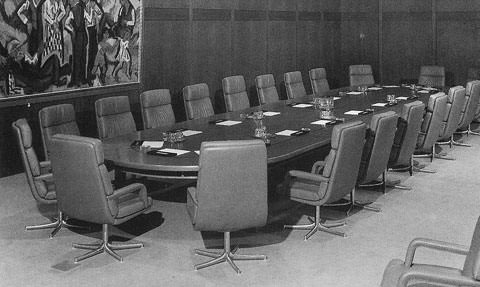
In the mid-80’s, the Knoll’s became one again when Walter Knoll & Co. took over Wilhelm Knoll & Co. but continued to manufacture their products under the name ‘Wilhelm Knoll Collection’. Then in 1993, the company was taken over by the Rolf Benz family with Markus Benz taking up the role of Managing Director which he still holds today. Just after the turn of the millennium, further expansion was put into action with the addition of another production facility in the nearby town of Mötzingen and in 2006; their new, multifunctional building was officially opened in Herrenberg which combined their headquarters, showroom and factory all within one building. A few years ago, I was very pleased to be invited along on a visit to the Herrenberg facilities and it really is a very rare and special set up they have there… the fact that their upholsterers are working away for all to see behind huge plate glass windows which look directly on to the street is a clear sign that they are very proud to show how their furniture is produced.
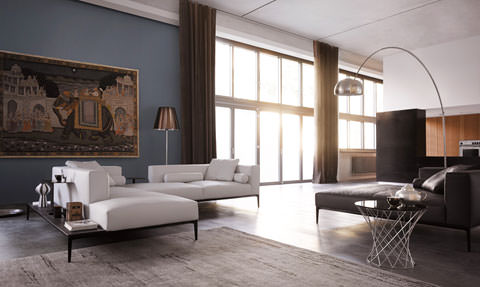 Walter Knoll then went global with the opening of a subsidiary in Australia 2007 followed by showrooms opening up in London and Paris and then in 2013, Mumbai and Beijing… not to mention now, of course, another small patch on our 2nd Floor here at Drury Lane.
Walter Knoll then went global with the opening of a subsidiary in Australia 2007 followed by showrooms opening up in London and Paris and then in 2013, Mumbai and Beijing… not to mention now, of course, another small patch on our 2nd Floor here at Drury Lane.
Happy 150th Birthday, Walter Knoll!
MYLES BROWN
Images courtesy of www.walterknoll.de/en and www.worldarchitecture.org